Written by Colette Nichol, Story Strategist and Filmmaker
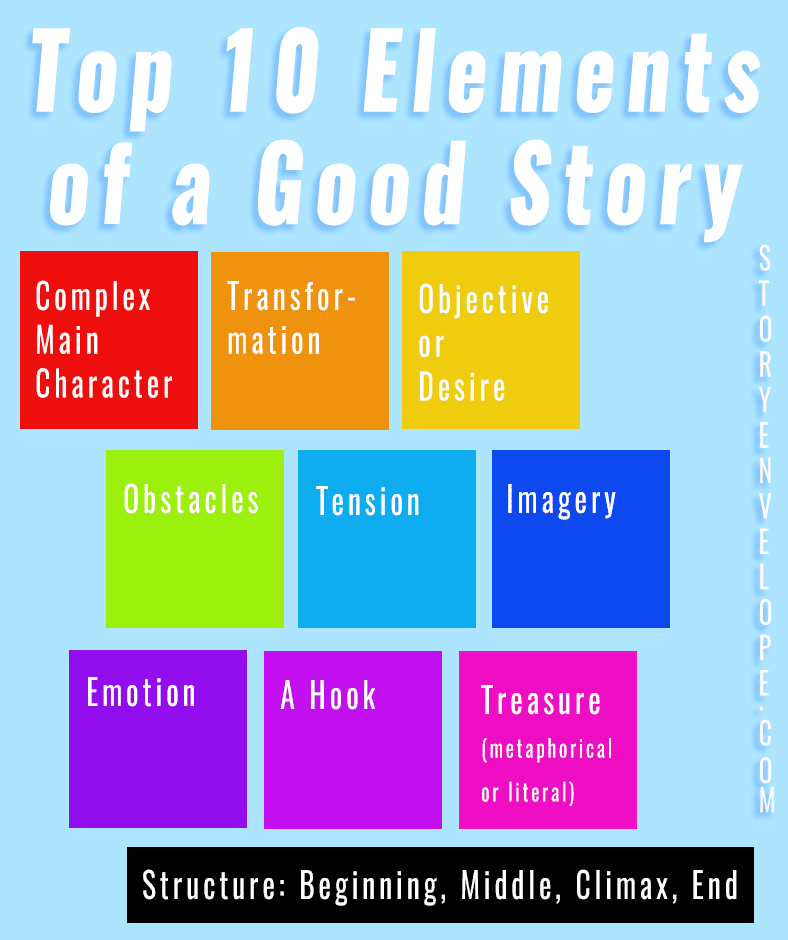
What are the most important elements of a story?
The most important elements of a story are a compelling hero, conflict, tension, obstacles, internal or external enemies, and transformation.
When you put these elements together, you get a great plot, which is the most important element of a story.
What are all the elements of a story?
There are many elements in a story.
But some of them are more important than others, and you’ll find them in almost every movie or book.
The most common story elements are plot, subplot, reversal, inciting incident, protagonist, antagonist, backstory, setting, theme, conflict, tension, point of view, style, dialogue, exposition, rising action, falling action, climax, resolution, foreshadowing, symbolism, metaphor, irony, and tone.
However, there’s a lot more to story crafting than just knowing a few elements.
To craft a compelling story, you should know the MOST important elements of a story, HOW they work, and WHY they work.
So buckle up and enjoy!
Elements of a Story In This Article:
- Create a Complex Main Character
- Include Transformation
- Give your Main Character a Deep Desire (i.e. Objective)
- Add Obstacles to Build the Story (i.e. Plot comes from Obstacles)
- Build Tension
- Make It Visual
- Let it Be Emotional
- Does Your Story Have a Hook?
- Give Your Main Character a Treasure at the End
- Embrace Structure
- BONUS: Theme, Plot, Tone, Style, and Setting
Build Your Story The Right Way
Before we start breaking down the parts of a story, let’s get metaphorical.
Have you ever tried to build a fire by hand?
You’re on a camping trip with your Brownie Troop, and the Troop Leader has decided it’s time to learn some survival skills. You and your friends are huddled in the dirt, madly rubbing a stick in a pile of paper shreds hoping for a spark.
Eventually, your troop leader takes pity on everyone, and you move into a “real” campfire building. Finally, some newspaper, kindling, and a lighter!
You could build a goddamn bonfire now if you wanted to.
You might have eventually built a good fire with that stick-rubbing business. It would have taken ten times as long, and you would have built a lot of character.
But why bother?
Why would you choose the long, slow, painful option when you’ve got kerosene and matches in your mini backpack?

Working with story elements for a video, filmmaking project, or even a short story is the same as building a fire.
It’s a lot easier if you have all the right elements.
Before you start. Preferably.
So let’s break this list down. There are ten elements that every good story needs. And while this list is written with the online solo filmmaker in mind, it’ll apply to all writers and storytellers.
1. CREATE A COMPLEX MAIN CHARACTER
What if everybody were as shallow as their Instagram feeds?
You asked them a question, and they responded with a short, inspiring quote and then radio silence for a day. If that were the case, we wouldn’t bother making movies. Or writing books. Or even talking to each other.
A shallow character is rarely worth examining. There’s nowhere to go. “I’m happy. The end.”
Or, “I’m evil. The end.”
Your supporting characters can be shallow if you want them to be. But your lead cannot.
It might seem obvious that your story needs a main character. But that often gets overlooked when thinking about video projects, especially with thematic or mission-driven stories.
“I want to make a video about how oppression is a problem. I want to make a video about poverty. I want to make a video about feminism. I want to make a video about how great my company is.“
Neat.
Unless you’re a creative genius, that’s not going to be compelling.
Nobody wants to watch a video about a theme. People want to watch stories about people.

2. INCLUDE A TRANSFORMATION
Cards on the table: this is my favourite element.
It’s the reason I love storytelling. Frankly, it’s the reason I love being alive. Transformation is everything. If you don’t have transformation, kid, you got nothin’.
So seriously, what are we talking about?
This complex main character of yours, she’s got to change.
Quickly, slowly, it doesn’t matter. But if you think you’ve come up with an idea for a short story, a doc or a feature film, make sure you seek out the element of transformation.
In a short documentary film, you must put the pieces together for your audience. Show the transformation if possible. If not, then have your subject talk about it. Never leave this element out of the mix.
If there is no transformation, then you probably don’t have a story.
“I did this thing. It was hard. But I did it. Then everything stayed the same. I didn’t change one bit.“
Who wants to watch that story!? Nobody, that’s who.
If there’s one story element you can’t ignore, it’s transformation.
Ignore it at your own risk!
⭐Related Post: Story Circle: 8-Step Storytelling Guide Based on the Hero’s Journey
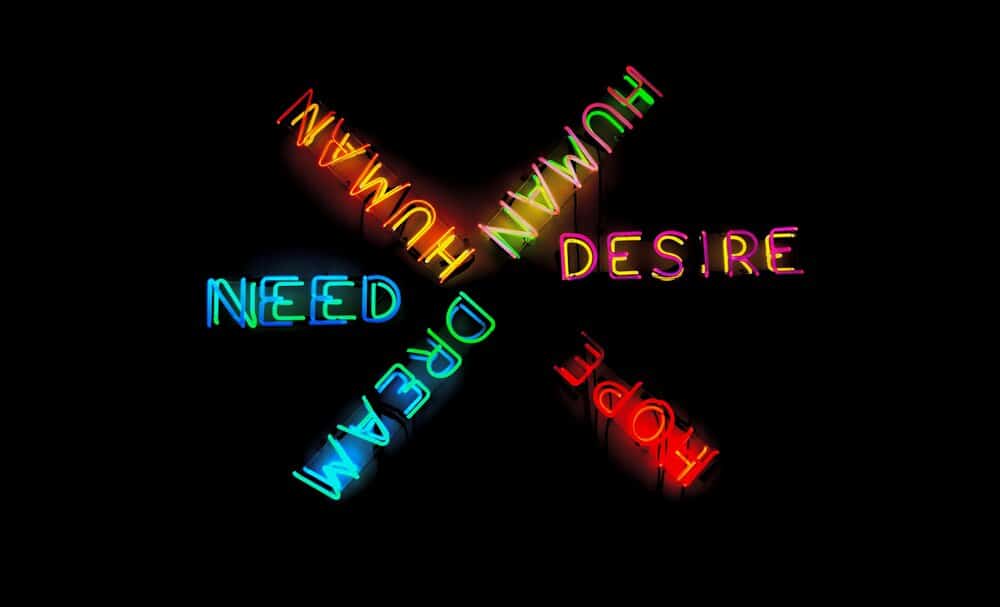
3. GIVE YOUR MAIN CHARACTER A DEEP DESIRE
I want you.
I love you.
I must have you.
That’s the level of desire your character must have. You can have desire without writing a romance plot.
“I knew that I had to build that house. Nothing was going to stop me. Even though I’d never done anything like it before, I knew we had to. We had to get out of the city and into nature. It was the only way we were going to be able to save our family.”
See. That’s not a romance.
It’s a story about a guy who needed to build a house in the woods. His deep desire was to create a home for his family. A place where they could thrive again. His surface desire was to build a house. But his deep desire was to provide security and happiness to his family.
You can think of this as knowing your main character’s “WHY.”
But the word DESIRE goes even deeper and strikes the heart of something that just “knowing your why” doesn’t get to. It’s the deep longing of your subject’s soul that you’re trying to excavate. What do they yearn for in the most private recesses of their heart? How does that translate into action?

4. ADD OBSTACLES TO YOUR STORY
I wanted an ice cream.
I had some money. So I bought it. And dammit, it was delicious ice cream!
Worst. Story. Ever.
Why is that anecdote (it’s not a story!) so god-awful? Aside from the Basic-Betsy language, it’s got zero obstacles.
You could have a harrowing ice cream story.
You could have a story that would make people laugh, cringe, and get up in arms. You could even have an ice cream story that would make someone cry.
But all those stories would have one thing in common: obstacles. And lots of ’em. Obstacles aplenty are what you need if you’re going to keep your audience interested. Nobody wants to hear about how you easily achieved something.
That makes your audience feel like shit.
That’s why Instagram stories are NOT stories. Sigh. I can’t change Instagram, but I can try.
Obstacles and desires go hand-in-hand.
Think about something you wanted so badly you could practically taste it.
Great. Now, how easy was it to achieve? What were all the things standing in your way?
One of my greatest desires in life has been to have a beautiful soul-nourishing romantic relationship with my partner. I’ve been with my partner Jimmy for eleven years. But it’s not easy. He may be amazing, and I may love him, but that doesn’t mean it’s been easy.
When we first met, we didn’t speak the same language. I spoke terrible Spanish. He spoke fluent Spanish. (Ahem, I also spoke English.) We’re from different countries with different cultures.
My culture cares about independence and achievement, while his cares about family and community.
That caused endless conflict in the first few years together. Plus, he’s an extrovert. I’m an introvert. But it took us years to understand that he needed to be around people to thrive, and I need hours of silence with small doses of people time.
Within the first four years of our relationship, we moved to Canada together, where Jimmy had to learn English and start his life all over.
You can see that the challenges and obstacles were seemingly endless.
In terms of story, your deepest desires usually come with a long and tireless display of obstacles you must overcome. This is what creates growth and, ultimately, transformation. So make sure you uncover some obstacles to tell a compelling story.
⭐Related Article: How to Write a Logline that Works
But, wait…is storytelling really important?
It sure as heck is. This incredible story-filled speech by writer Chimamanda Ngozi Adichie is about how important it is to have access to many, many stories, not just one.
You’ll see every element of story in every single one of the stories that Chimamanda tells in this video. She is a brilliant storyteller.
5. BUILD TENSION WITH CONFLICT
Good and evil.
Light and dark.
Depression and euphoria.
Pain and joy.
Failure and success.
Empowerment and disempowerment.
These are all opposites. Some writers call them value charges.
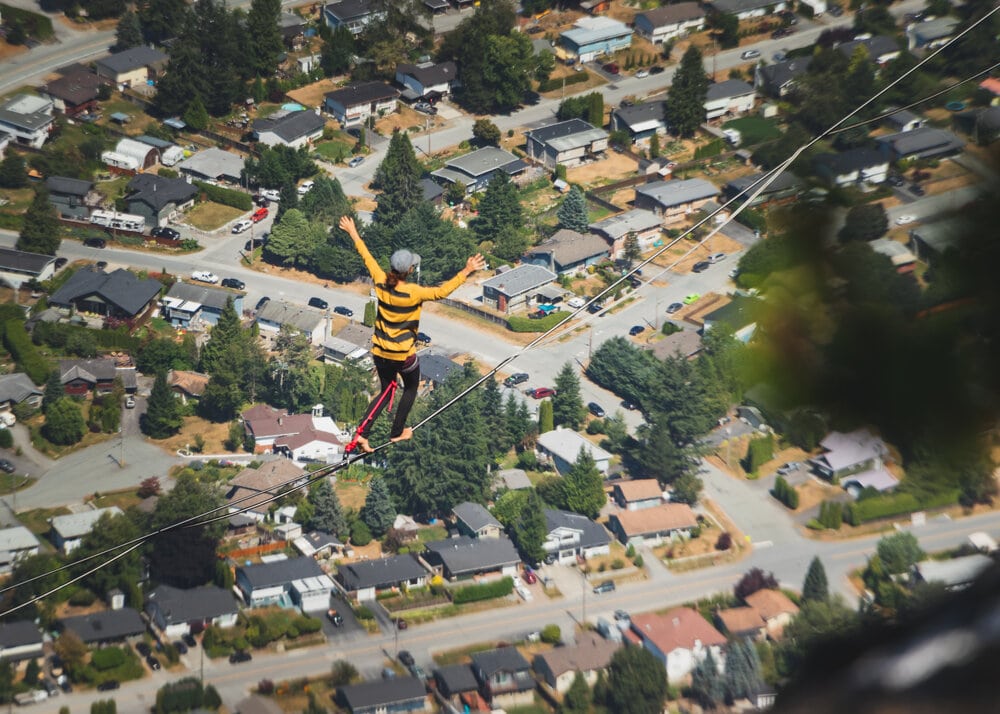
Good is charged with a certain value.
Think of “good” as a colour. Say it’s bright yellow. Then its opposite is a dark, turbid maroon. Visually, when put side-by-side these create tension.
Emotionally when you leap from one value charge to its opposite, you create tension within your story.
A guideline given by Shawn Coyne, author of The Story Grid, and an accomplished story editor, is that every scene in a movie should start with one value charge and end with another. So if the scene starts with good prevailing, then evil must have won by the end of the scene.
This constant swing of the pendulum from one value charge to its opposite creates tension. Tension is that feeling that keeps a viewer on the edge of her seat, wanting to find out “what happens next.”
Tension keeps the viewer wanting more.
Rewatch any Star Wars film to see this in action.
Or any animated movie. If you want to see classic hero’s-journey storytelling, the big-budget animated movies are one of the best places for it. They have so much at stake and so little room for error that they don’t mess around.
Make sure you dig into your story’s main value charge and opposite.
If your story is about a musician whose training left her feeling like she would never make it in the music business but has now created a spiritually fulfilling practice that brings her joy, then your value charges are success and failure.
They could also be misery and joy.
Or they could be ego and awareness.
Whatever choice you make, you need to ensure that in your story, you don’t just focus on the positive. You dig into the other side of the experience.
The darkness is what makes the light worth having.
You’ll have no tension without the contrast created by opposing value charges. This means your audience might still enjoy the story, but it will have less emotional impact.

6. MAKE YOUR STORY VISUAL
Here are three weak story ideas:
- I want to make a film about how conversation is essential to a positive society and is a dying art form.
- I want to create a video about what happens when people fall asleep.
- I want to write a short story about the inner journey I went through last year.
None of these ideas are particularly visual.
Is it possible to tweak the ideas to make them more visual?
Of course.
With these three ideas, you hear them, and no compelling images pop up. When you think of your story idea, what images naturally appear in your mind? The more images you get, the more you know your story will work. Because you know it can be communicated visually.
Whether you’re writing a story or creating a film, you need to be able to see the story in your mind.
So what makes something “visual?”
The images have to speak.
The images get in your mind and do something; they contain action.
They contain motion.
They contain emotion.
They contain colour and shape.
It’s about that simple.
{If you’re a filmmaker, make sure you’re thinking about maximizing your story’s visual impact while also applying the principles of visual storytelling.}
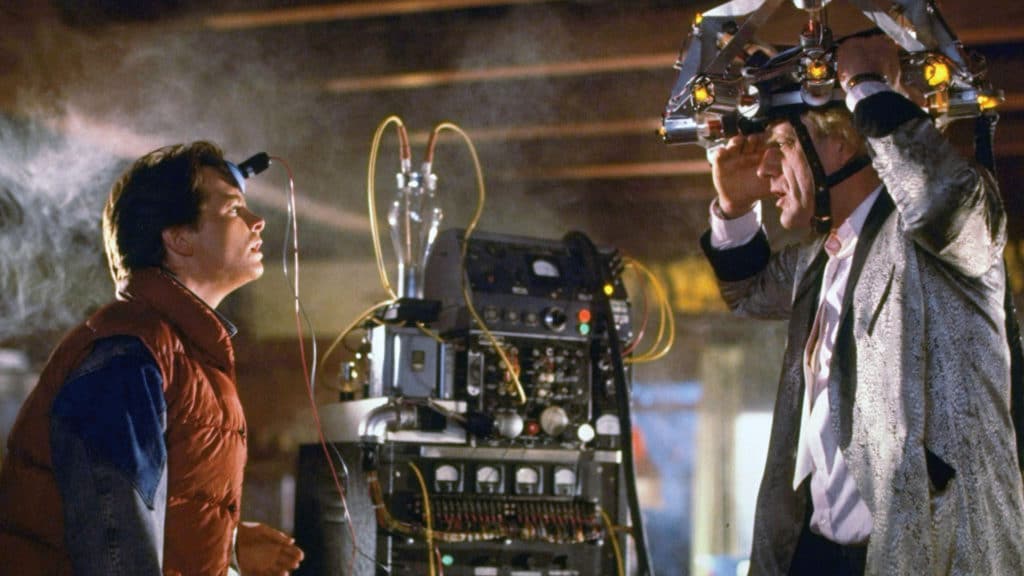
7. LET IT BE EMOTIONAL
Someone, probably George Bernard Shaw said something along these lines: If the writer feels nothing, the reader feels nothing.
Thank you to whoever said that. If a story doesn’t make you feel anything when you think about it, then it’s not the right story for you to tell.
You, the creator, must feel something. Whether it’s curiosity, anger, excitement, yearning, love, sadness, you’ve got to have some emotion about the story you’re going to be telling.
If you don’t feel anything, then dig deeper and find the piece in the story that you care about.
The more a story affects you, the more you’ll know how to express it. The second piece of the emotion puzzle is that your story itself must have an emotional component.
“Yes, it was really hard, but honestly, it didn’t affect me much emotionally, I just rolled up my sleeves and got it done.”
Nobody wants to hear that story.
We watch and listen to stories to make sense of our own lives.
Our lives are challenging. We encounter an obstacle, and we want to give up. Things go sideways, and we’re sitting in our kitchens crying, wondering how things went so wrong. Something crumbles, and we’re devastated for months. Then finally, we pick ourselves up and keep going.
Again, we watch and listen to stories to make sense of our own lives.
But it’s not easy.
Life isn’t easy.
None of this is easy.
So if you’re making a film, don’t choose a subject unwilling to talk about their emotional journey. Your subject doesn’t have to wallow in it. But for something to qualify as a “good story,” the main character must have gone through some emotional ride.
Don’t go after a story that makes you feel nothing. Feel it deeply, and then write it.

8. DOES YOUR STORY HAVE A HOOK?
Did you watch the movie Hook as a kid?
Or read Peter Pan? The character of Hook literally has a hook for a hand. He’s a pirate captain who has the run of Neverland.
When he wants something, he grabs it with his hook.
Just like the Captain, every story has a hook.
You want a storyline that hooks your audience’s attention.
The hook is the thing that’s unusual, captures an audience’s attention, and makes someone want to know more.
It usually has clear opposing value charges. Sometimes there’s an element of irony.
Janice becomes the first woman in the world to climb Everest successfully with no oxygen despite being asthmatic.
That’s got a hook.
You don’t know how Janice will manage something so insanely difficult. You want to know how the hell she does it. It’s a life-or-death story. And that asthma piece adds an element of irony.
Lance Armstrong admits to using drugs in the Tour de France. He reveals the journey that took him from a clean, ambitious athlete to the drugged-up winner of the most prestigious bike races in the world and then through his battle with cancer.
That’s hook central.
What caused Lance to do it? Why did he change? Does he repent? It’s charged with the values of honesty and dishonesty. It’s a rise and fall story full of contrasts.
A lawyer leaves her job in the city, moves to the countryside and becomes a beekeeper. Her life purpose changes from making money to trying to save the bees. But what happens when she discovers that the farm next to her is using pesticides that actually kill bees?
What’s the hook?
There’s the irony of leaving the city and becoming less materialistic, only to discover that her neighbours are corporate bee killers. There’s the desire to know what’s going to happen between her and the neighbour.
In this instance, tension is created by the values of money versus mission.
When it comes to documentary filmmaking, sometimes you won’t find your hook until halfway through editing a micro film. That’s not how it works with a narrative film. But often, with a micro film, you don’t exactly know what will come out of your subjects.
But there still has to be something that hooks you from the get-go. Some carrot dangling that makes you want to know more.
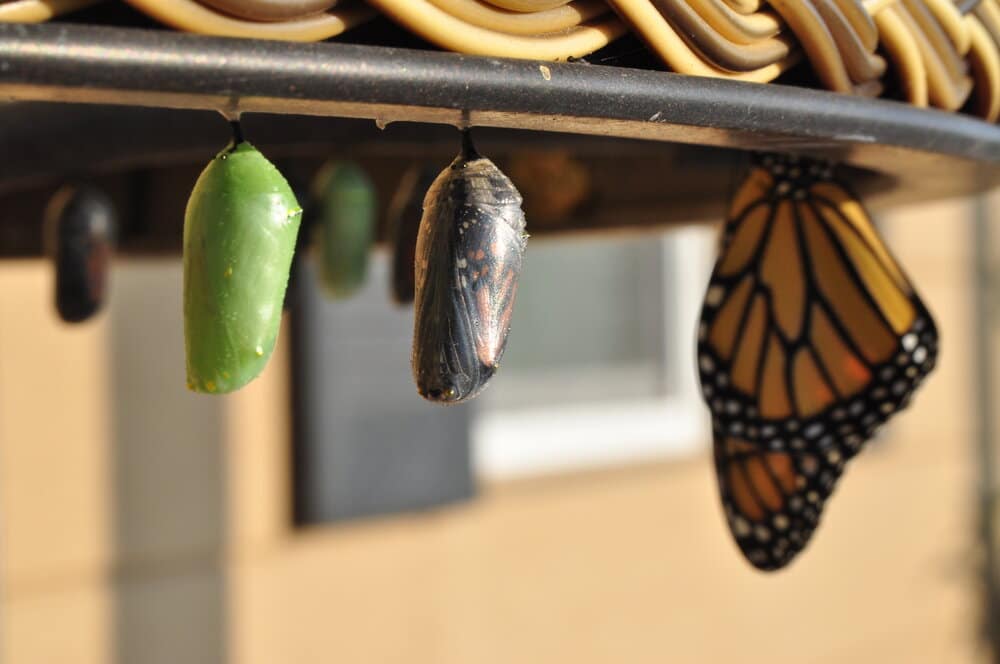
9. GIVE YOUR MAIN CHARACTER A TREASURE AT THE END
It changed my life.
That’s a line that has been said over and over and over again by people telling their friends and families the stories that matter to them.
I went to Ecuador, and it changed my life.
I spent thirty days in silence, and it changed my life.
I did the Pacific Northwest Trail, alone, for two months, and it changed my life.
The treasure that comes from a well-lived journey is a change in self-awareness.
There may also be a physical component. You go on a journey, and you bring back something of material value. An artifact. A box of gold coins. A scientific discovery. But that’s just the surface treasure.
The most profound and essential treasure a hero can gain is a change in self.
This is easy to gloss over when making a micro film or telling a short story. We think that because the form is short, this doesn’t matter.
But it does.
More than anything.
It’s the cherry on top of the sundae. And without it, the story isn’t complete.
Leaving out the treasure is like building a gorgeous house, and then just putting in a crappy particleboard door.
Not good.
When making a micro film, find out how your subject’s journey changed their life. What did they learn about themselves in the process of overcoming obstacles?
If you’re writing a short story or short film script, then think deeply about the transformation and what your hero takes home with her when she finally overcomes the obstacles.
Remember that real treasure is something that can never be unlearned or taken away. It’s hard-won wisdom that wasn’t there before.

10. EMBRACE STRUCTURE AND HAVE A PLOT
On a maple tree, every leaf has the same structure.
But no leaf is the same.
In a snowstorm, every snowflake has the same structure, but not one is the same.
Every tree has roots, a trunk, and leaves.
Every flower has a stamen.
Every human has a skeleton.
Every horse a long nose and small twitchy ears.
This is structure.
Writers often bridle against structure. They want to be freeform artists who don’t have to follow any rules.
Video creators often don’t even know that there is a structure inherent to a good story.
Structure is as basic as Beginning, Middle, End.
You’re doing well if you can identify those three things in your story.
But let’s go beyond that. A basic story structure looks like this:
- A hero wants something.
- There are obstacles.
- She goes for it anyway.
- There are more obstacles.
- There’s a really freaking big obstacle.
- She overcomes all of those.
- Then something happens…
- She nearly gives up, or dies, or loses hope…
- Somehow she overcomes it. Rises from the ashes and keeps going.
- Finally, she achieves her goal.
- Then she has a self-realization.
- Lastly, she glides on home.
Beginning. Middle. End.
Build. Build. Build. Climax. Slide home.
When looking at a story that you want to tell, try to excavate the beginning, middle, and end. In particular, try to find the climax of the story.
What’s the big moment in your story that changes everything?
Find the structure, and everything else will fall into place.
BONUS STORY ELEMENTS TO CONSIDER
We’ve covered what I believe are the most important elements of a story. Some of them are also underappreciated. Here are a few more elements that you should consider.
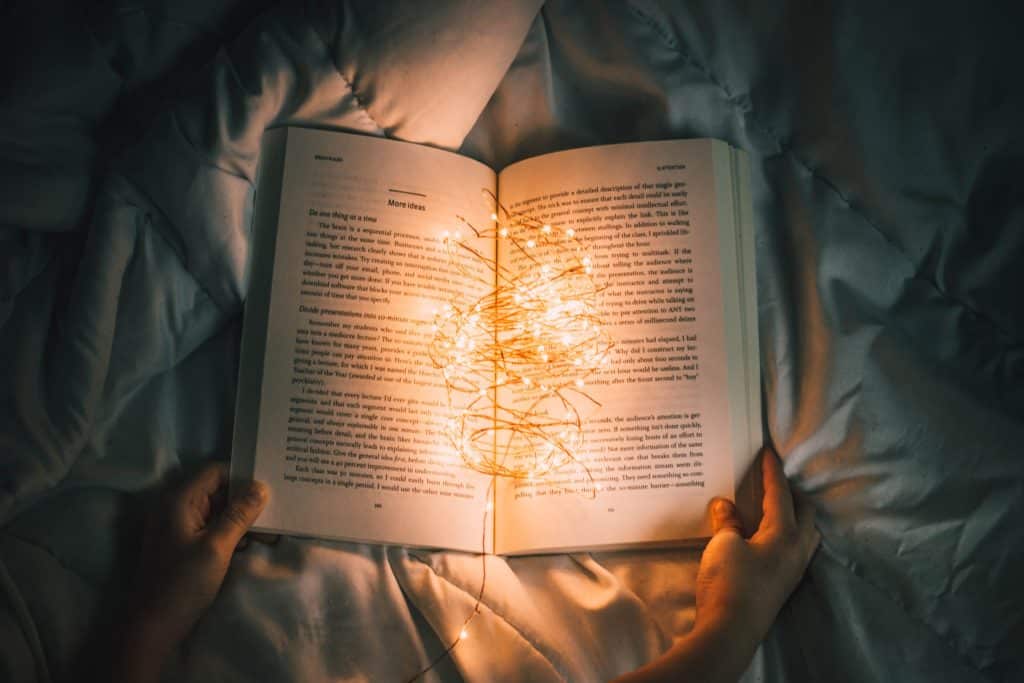
SETTING
Setting refers to the location.
One thing that can hook people is a highly specific and unusual location. One of the reasons the original Rocky movie works so well is the specific location. Those scenes in the meat locker are incredible. Try to use scenes and locations that you’ve experienced. This will make them more authentic.
PLOT
If you consider all the elements that I’ve already covered, then you will be okay in the plot department.
But let’s just talk plot for a quick second. What exactly is a good plot? It’s simple: A relatable hero has a deep desire and goes after that desire while overcoming obstacles. In the end, they are transformed in some manner. That’s the basics of how a plot works. Don’t overcomplicate it.
THEME
Many writers admit that theme isn’t something they think about too much.
They often start with the character, move into the plot, and allow the theme to develop organically. While other writers might be obsessed with the theme or use that as their starting point. Any story with a well-developed character with core values will inevitably have a theme. Some strong themes include justice, freedom, love, family, and friendship.
I wouldn’t get too twisted about the theme. Instead, start with a strong main character and develop their values. From your character’s values and desires, the theme will emerge.
TONE AND STYLE
I consider tone and style to be connected.
Tone essentially is the emotional vibe of a piece. While style is how you bring that to life. If we’re talking about the written word, style is how you choose to put words together. While the tone is whether your piece feels bright or dark, up or down, optimistic or pessimistic, etc.
Like the theme, if you get too obsessed with tone and style, you go down a rabbit hole that doesn’t necessarily make your story any better. Start with character, and let your character and story inform the tone and style.
POINT OF VIEW
Point of view is one element that matters.
If you’re writing a short story, the question is simple: From what perspective will I be writing? Is this a first-person story, or am I writing with a god-like voice? The same question applies to filmmaking to some degree. Although filmmaking is more visual, you can use techniques to be in the main character’s perspective or the villain’s perspective. Horror films often play with perspective to make the film scarier.
ARE ALL THESE ELEMENTS OF A STORY NECESSARY?
It depends on what your form is.
Are you writing a short story or making a brand video? Are you writing a feature film or a novel? Are you creating a story for an About Me page or a product you sell?
The longer you expect your audience to be paying attention, the more complete your story must be.
But ideally, you’d include every element.
WHAT STORY SHOULD I TELL?
If you’ve reached this point, I’m sure you’re committed to writing or creating a story.
The question that will begin plaguing you is what story you should write.
You’re either suffering from one of two problems:
- Too many story ideas and no clue which one to choose.
- No story ideas and no clue how to come up with story ideas.
Neither one of these problems is worse than the other. They can be equally crippling.
The main solution is to get in touch with your excitement and intuition. Which of your ideas lights you up and makes you feel excited? Never create something out of obligation. Only move forward if there’s a spark of excitement or curiosity.
If you have no ideas, it’s time to give yourself structure.
- Define how long and in what genre you want your story to be.
- Then sit down and just write out a bunch of bad ideas.
- Give yourself the intention to come up with something and let ideas pop into your head randomly.
- Write those random ideas down on the same piece of paper.
- A week later, after jotting bad ideas down on that piece of paper, look and see if any ideas excite you.
Here’s a tip: if you have no ideas, you’re either thinking too big or putting too much pressure on yourself.
Start small. Heck, start tiny!
FINAL TIP
Write about and create stories around things you know well and love.
If you’re an 18-year-old who has never left Wisconsin, don’t write a heist story that takes place in Cuba. Instead, write a story in a time and location that you understand.
If you need more help, check out my article on how to tell a captivating story. It will give you more tips and advice on how to get started. And if you’re stuck not knowing what story to write, then read my article about what story to write.
Just remember: you’re full of stories. Sometimes, you just need to trust that your stories are worth telling.

About the Author
Hi! I’m Colette Nichol. I’m a solo filmmaker and story strategist based out of rainy Vancouver, Canada. I’ve been making videos and micro films for small businesses and global brands since 2014.
Plus, I LOVE to help aspiring filmmakers pursue their dreams and start making films. This blog is designed to help you gain the knowledge you need to become a filmmaker.
If you want more, get on the waitlist for the Story Envelope Academy Solo Filmmaking Mentorship Program. It opens up one time per year and is the best way to become a filmmaking or video pro fast!
CLICK HERE to get on the solo filmmaking mentorship waitlist.